For many years, I was struggling with depression and stress caused by an inability to understand what is my true calling in life. Who am I? What am I meant for? Whether I’m doing everything right?
Soon enough, I got tired of having this negative mindset, this uncertainty, so I’d decided to change it, and then I discovered Yoga. I have seen hundreds and thousands of blogs and articles, describing different styles and types of Yoga, personal stories, and experiences. It was extremely overwhelming, but I realized that this is a way for me to overcome my stress and depression.
Before starting practicing Yoga, read this story and pick the right style for you, which will help you to open your true self, deal with stress and depression, and will bring more colors into your life.
Finding the Right Yoga Practice for You
In the U.S., most Yoga classes originally focused on some type of hatha yoga, which involves postures, called asanas, and breathing – activities that will prepare a person for meditation of some type. However, in recent years, a large number of different types of Yoga training have become available in classes or on video, ranging from the basic Hatha to rigorous activity for muscle toning and weight loss. And there are lots of crossovers that combine different Yoga practices in the same workout. As you look for a match for yourself, consider the following:
-
Why Do You Want to Practice Yoga?
This is, of course, the first factor in your exploration. Are you looking for a strenuous workout or are you looking more for the peaceful, meditative aspect of Yoga practice? Maybe you are looking for a practice that will ease muscle aches and pains. Perhaps you want spiritual aspects and raising of your consciousness. Identify your goals first.
-
What Type of Environment Do You Want?
Some want the social experience of a class; others want more personal attention from an instructor, and still other people have a lot of self-discipline and prefer to work on their own at home. Which are you?
-
Consider Your Limitations
How much time do you have to practice? If you are thinking about classes, what are your budget constraints? And, of course, how out of shape are you right now? And how early are you in your spiritual journey?
-
Do some Research and Attend Some Classes
The only way to really find the Yoga style that suits your needs is to try them. Borrow some videos from the library; some Yoga studios or classes held elsewhere will usually allow you to visit for free.
Try several different types, and see how you feel during and afterward. If your body feels good while you practice, this is a good sign; however, be mindful that you do want a practice that is somewhat challenging you too. Assess how you feel after the session – are you stressed and somewhat disconnected or do you feel relaxed and emotionally/spiritually open and grounded? The best indicator, of course, is that you want to do this again.
The important point is this: You have to find a style that resonates with you or you will not feel fulfilled and you certainly will not want to continue your physical and spiritual journey. And as you take this journey, your needs may change. So, you will need a program that will allow you to grow and evolve, cover the basics, and then move you forward, whether that is in a physical class or through a video series – either will work dependent upon your preference.
-
You Want Flexibility
Because there are so many variants of practices and because your needs may change from day to day, there should be some flexibility in session offerings, whether through classes or video programs. Some days, you may feel unusually stressed and need a more meditative, breathing form that will bring you back to peace. Other days, you may find that you want a practice that will give you more energy. As you get to know the types of Yoga and how they meet your changing needs, you want to be able to switch back and forth.
Brief Guide to Yoga Types
As you consider classes, whether at a physical facility or through video and/or live streaming, you may want to have a brief idea of each type of Yoga as you consider where to begin your quest for the best match. Here is a short rundown of eight styles to get you started:
-
Anusara
This is a relatively new practice to the world of Yoga and is a style begun by Yogi John Friend in America in the 70’s. The focus is heavily spiritual and revolves around innate goodness of all beings that can be brought forth through alignment of body and mind. Both physical and mental practice is rigorous.
-
Ashtanga
This style is based upon more ancient teachings and is quite rigorous. There is a sequence of moves and postures that is repeated during every practice, and every posture is connected with a type of breath. This is one of the most rigorous styles, and you’ll definitely work up a sweat. But it is spiritually based and will leave you feeling alive, energetic and one with the Universe.
-
Hatha
This is a more generic term for a number of Yoga practices that focus on postures. Most classes and videos, not matter what other styles they may incorporate, will include some Hatha postures. This is a perfect place for beginners to start, as participants will be introduced to the basic Yoga postures in a more relaxed manner. You should finish a practice feeling loose, flexible and stress-free.
-
Bikram
This is somewhat like Ashtanga because the same sequence of moves and postures is followed with each practice (26 poses in all). This is rigorous and sweaty routine. Originally, this style was trademarked by Bikram Choudhury, some 30 years ago, and for a while he prosecuted studios advertising Bikram Yoga, claiming they were not teaching the movements and poses correctly. That’s pretty much over now, and Bikram is pretty popular. Expect to sweat as you practice in heated rooms.
-
Iyengar
The focus of this style is to achieve the perfect alignment of every pose. Because of this, there are props used during practice, including blocks, straps, chairs, blankets, and in many classes, a rope wall. This style does not involve rigorous movement, but rather pose and posture training. It, too, is a good style for beginners, because you will get a lot of basic instruction you can use in later practice.
-
Hot Yoga
Just like Bikram, the room is heated and there is a sequence of poses and movements that are similar to Bikram with just small deviations. Sweaty practice.
-
Vinyasa
Lots of movement, but it must be very fluid. In fact, the word “Vinyasa” in Sanskrit means “flow.” Every practice is choreographed by an expert instructor, and every class will be different. Music may be played, to keep everyone with the “flow.” Expect a rigorous practice with Vinyasa, and you will be challenging your physical limits.
-
Restorative
Just as the name implies, this is a way to relax, relieve stress, and connect with your inner spiritual consciousness. Practices do involve props, but they are used primarily to allow students to hold a posture without having to exert a lot of effort to do so. You will feel both mentally and physically rejuvenated following a session, so it’s a perfect practice after work.
Obviously, there are many other types and styles and combinations of them, but this will give you a basic idea of the most common categories.
You Need Yoga
Everyone needs a form of Yoga practice in their routines. And here’s why:
- If you are involved in sports programs, you need to be flexible and loose, so that you reduce the potential for injury.
- If you are not involved in any type of physical activity, Yoga can provide that for you and you get to choose how rigorous a workout you want.
- If you have normal stressors that create physical and mental tension, there is literally nothing better than Yoga to relieve those stressors and to learn how to prevent them before they have a negative impact on your well-being.
- If you are searching for spiritual purpose and meaning, the meditative aspect of Yoga will move you into higher states of consciousness, as you balance your physical and spiritual worlds of body, mind, and spirit.
You owe your body and your mind the healing, energetic, and harmonious state that Yoga provides. Take the time to explore all of the styles, experiment with them, and find those that suit you the best. You don’t even have to commit to a class. Find an online studio that has live streaming videos and enjoy the luxury of practice on your own time and terms. But, just do it.

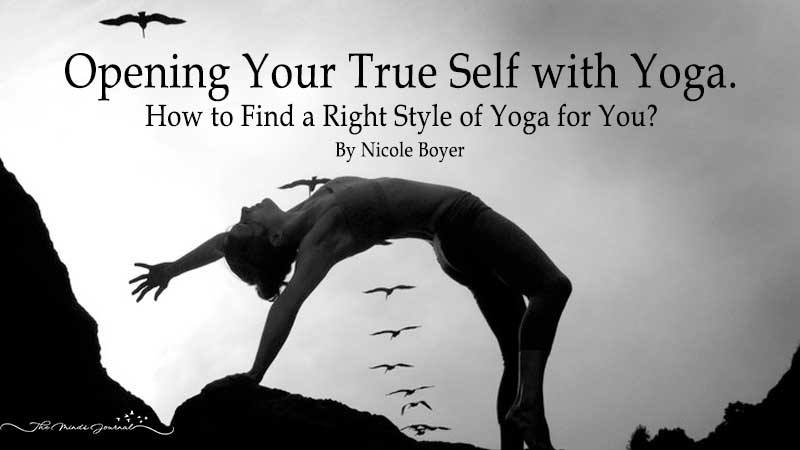
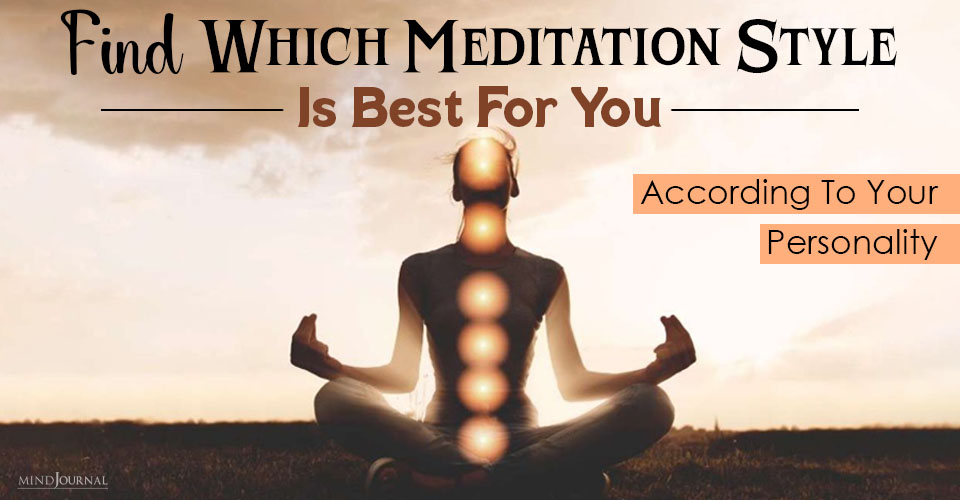
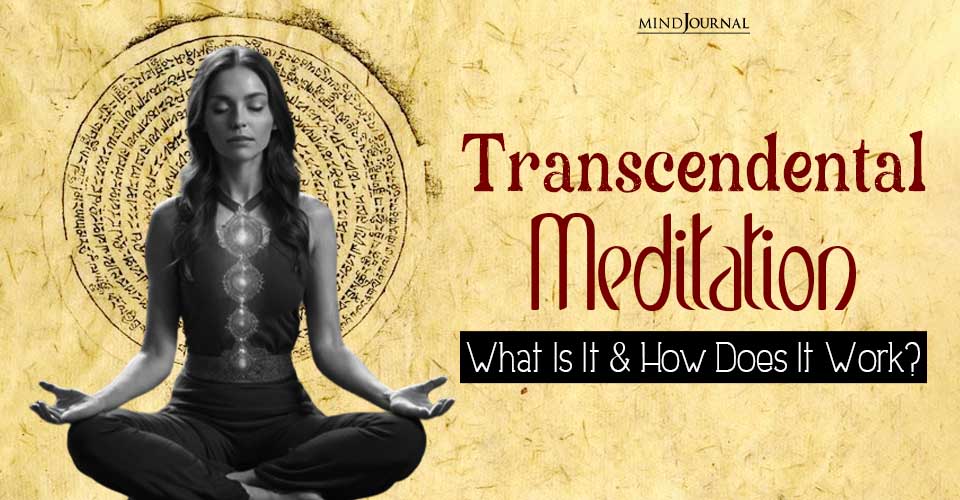
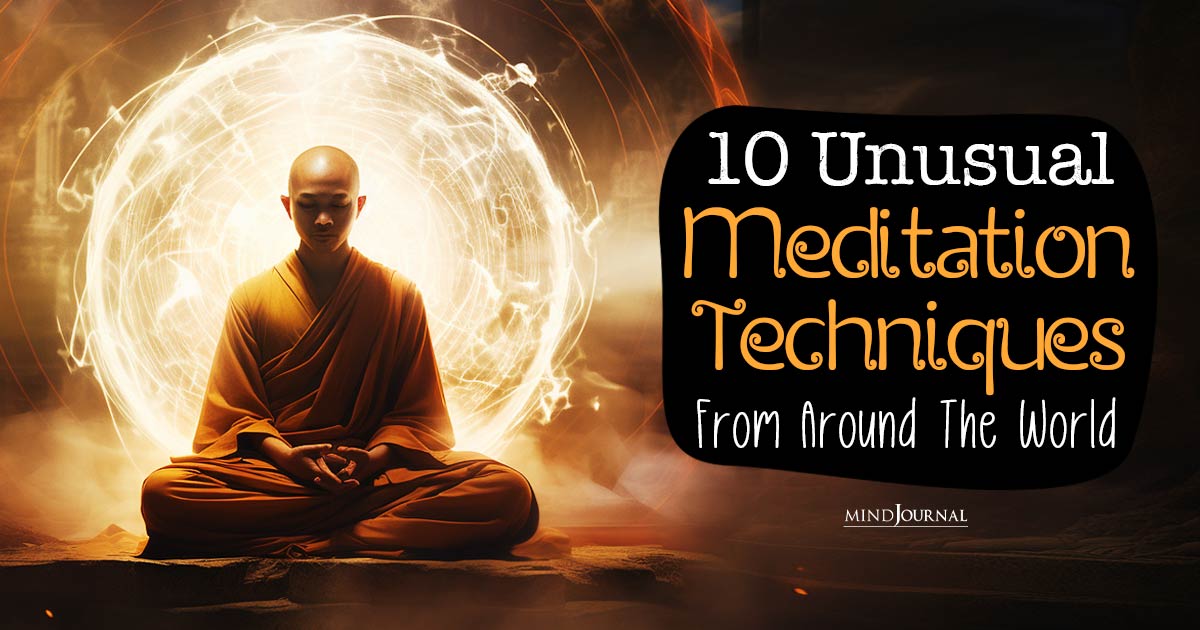
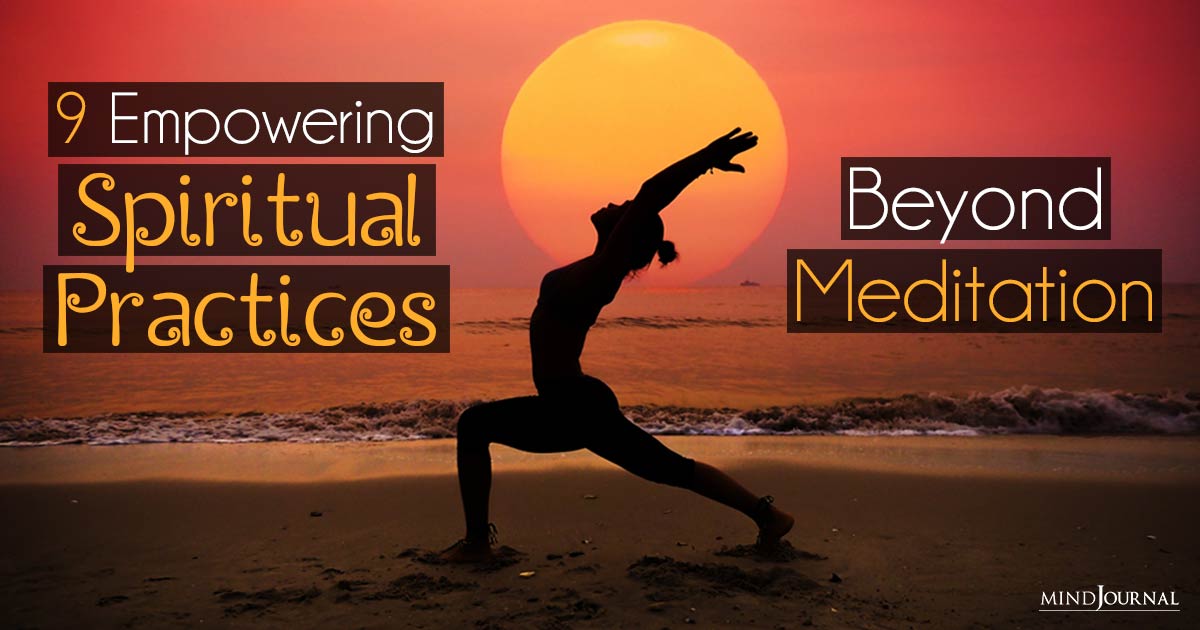
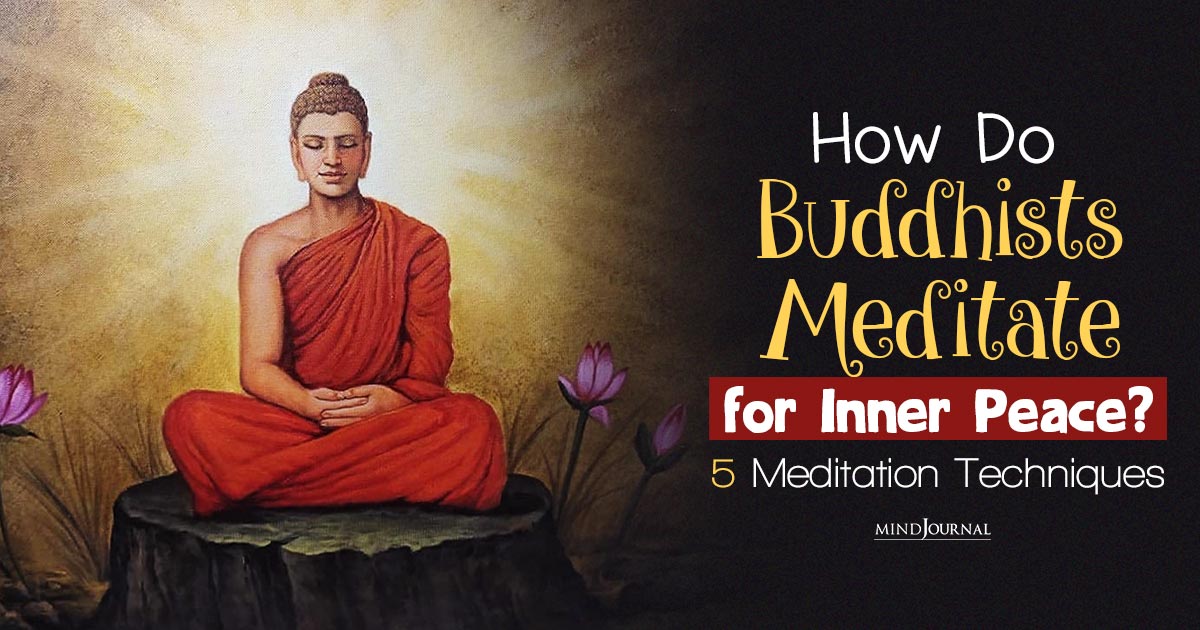
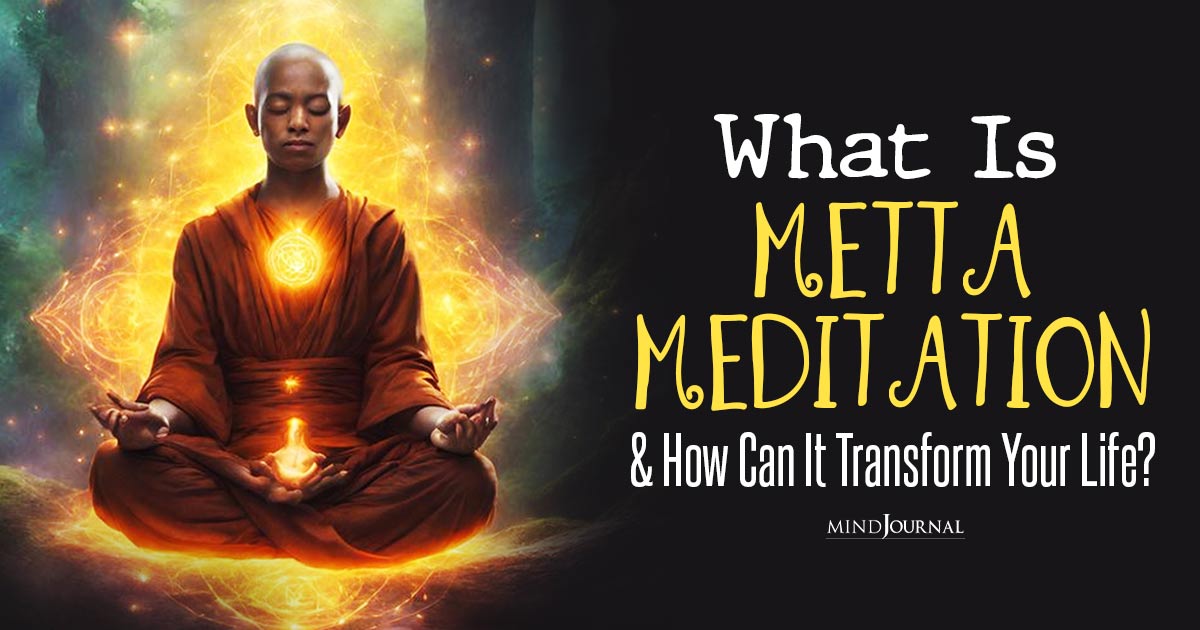
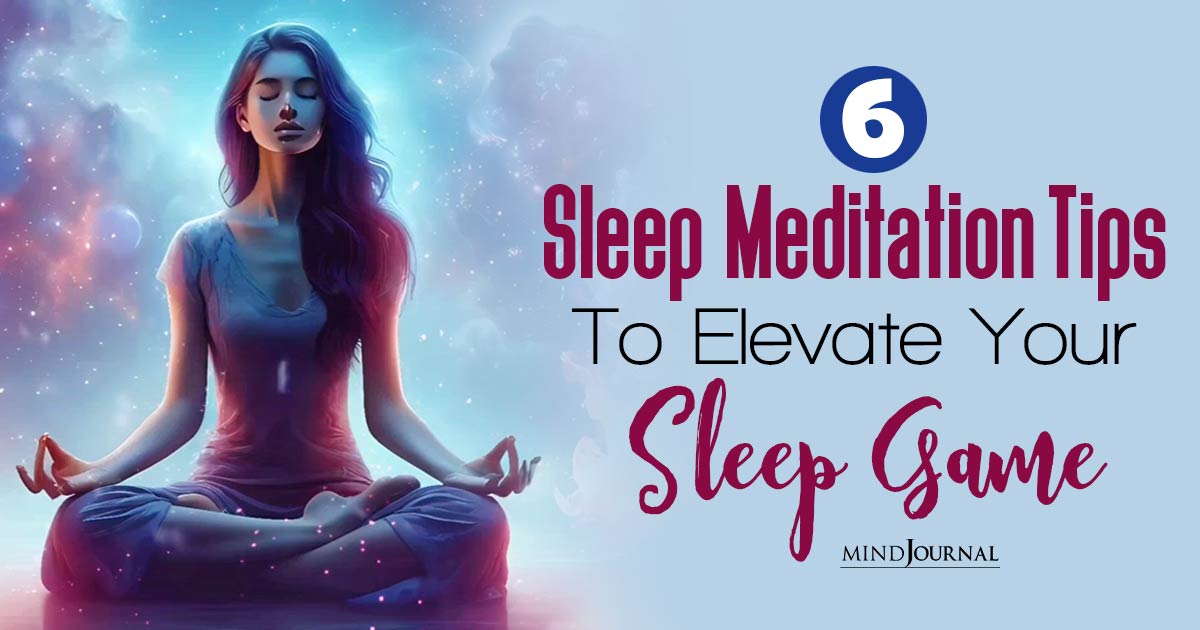
Leave a Reply